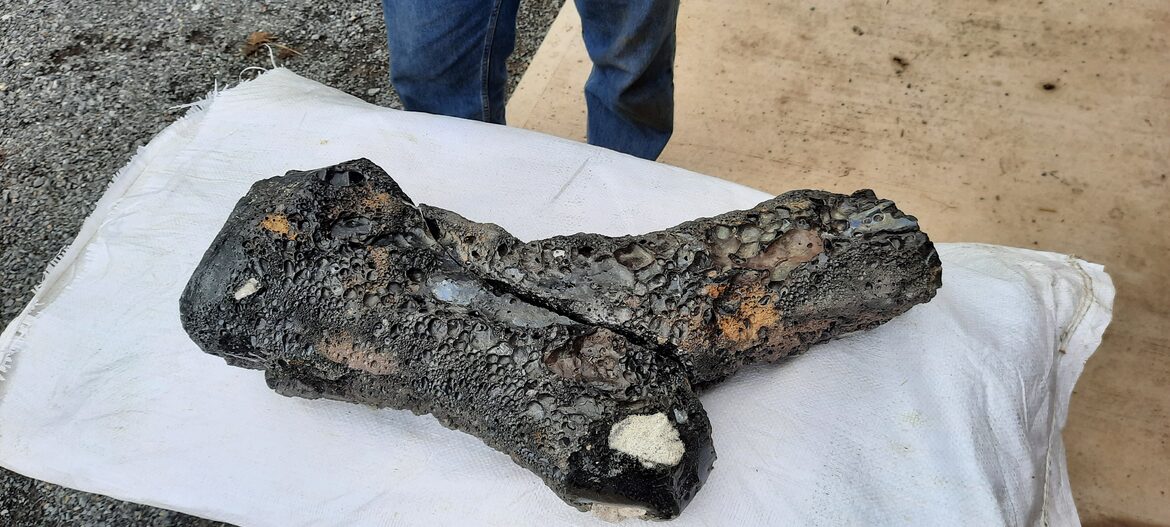 The Rebersburg Fulgurite was discovered near Rebersburg, Miles Township, Centre County, Pennsylvania in November 2015. The result of a massive lightning strike, the fulgurite formed what can only be described as an obsidian tree, wide at the base with a diminishing diameter farther from the initial strike, with bifurcating branches along the main trunk. It extended approximately 16 feet in length, with at least five branches, each up to 4 feet long. The base of the fulgurite trunk is over eight inches in diameter and comprised of a solid black glass core with a vesicular rim. Specimens from the fulgurite range in size and composition from the site of the impact to the ends of the branches. The largest intact piece is solid glass, approximately sixteen inches long and weighs nearly twenty-five pounds. Along with two other adjacent pieces, they form an impressive specimen nearly twenty-two inches long that weighs over forty-five pounds. Most pieces are between two to five inches, comprised mostly of vesiculated glass with embedded rock on the exterior. Some contain extremely rare iron silicide nodules up to 1cm in diameter. Analysis on the silcides is ongoing. The extremely rare mineral Gupeiite, previously thought only to occur from extraterrestrial sources, has already been confirmed. This is the largest fulgurite discovered in State of Pennsylvania, and it may well be the largest fulgurite ever discovered in the world.
The Rebersburg Fulgurite was discovered near Rebersburg, Miles Township, Centre County, Pennsylvania in November 2015. The result of a massive lightning strike, the fulgurite formed what can only be described as an obsidian tree, wide at the base with a diminishing diameter farther from the initial strike, with bifurcating branches along the main trunk. It extended approximately 16 feet in length, with at least five branches, each up to 4 feet long. The base of the fulgurite trunk is over eight inches in diameter and comprised of a solid black glass core with a vesicular rim. Specimens from the fulgurite range in size and composition from the site of the impact to the ends of the branches. The largest intact piece is solid glass, approximately sixteen inches long and weighs nearly twenty-five pounds. Along with two other adjacent pieces, they form an impressive specimen nearly twenty-two inches long that weighs over forty-five pounds. Most pieces are between two to five inches, comprised mostly of vesiculated glass with embedded rock on the exterior. Some contain extremely rare iron silicide nodules up to 1cm in diameter. Analysis on the silcides is ongoing. The extremely rare mineral Gupeiite, previously thought only to occur from extraterrestrial sources, has already been confirmed. This is the largest fulgurite discovered in State of Pennsylvania, and it may well be the largest fulgurite ever discovered in the world.
Geochemical analysis of fulgurite glass, soil, and gravel fragments was performed at Lock Haven University using a Tescan scanning electron microscope (SEM) with an Oxford Instruments Energy-Dispersive X-ray (EDX) Spectrometer. Geochemical analysis of metallic nodules and rock samples was performed at the West Chester University Center for Microanalysis and Imaging Research and Training (CMIRT) using an FEI Quanta 400 environmental scanning electron microscope and an Oxford Instruments AZtec X-Ray Energy Dispersive Spectrometer (EDS).
Special thanks is extended to Samuel Weaver who brought this discovery to the world; Ronald A. Sloto, Department of Earth and Space Sciences, West Chester University, West Chester, Pennsylvania; Dr. Loretta Dickson, Department of Geology and Physics, Lock Haven University, Lock Haven, Pennsylvania; and John S. White, Past Curator of Gems and Minerals, National Museum at the Smithsonian Institute, Washington, DC.
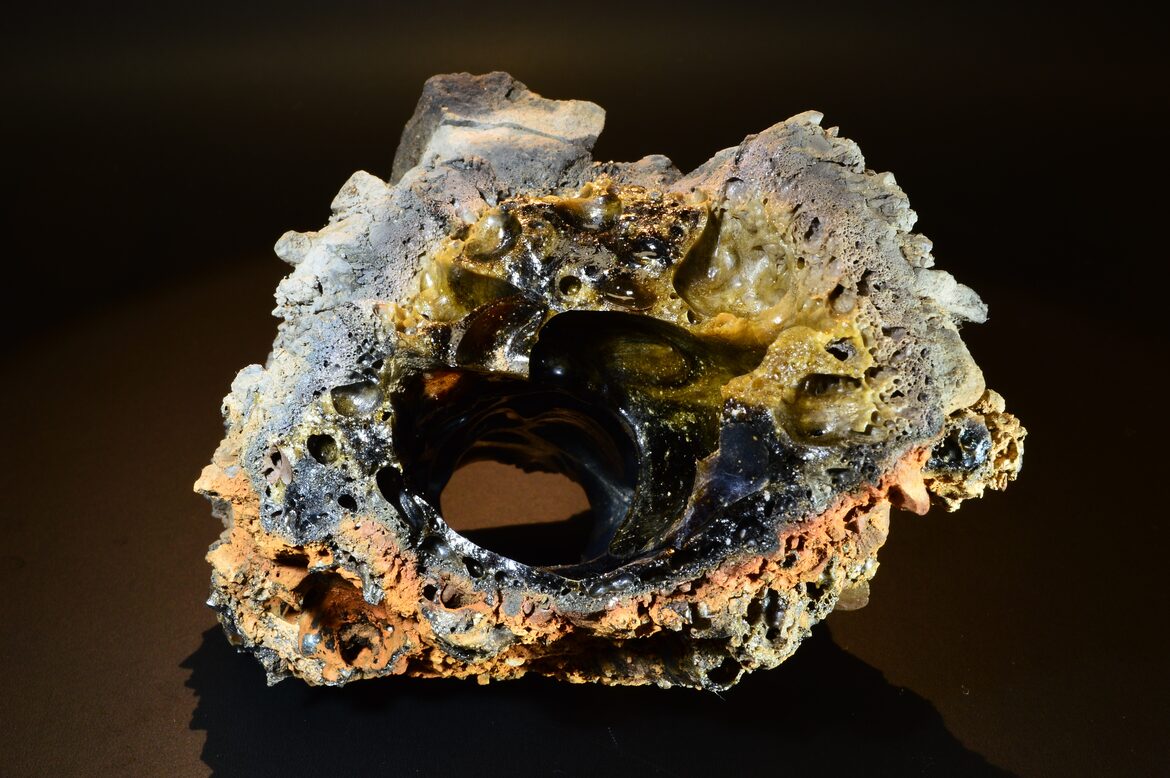 |
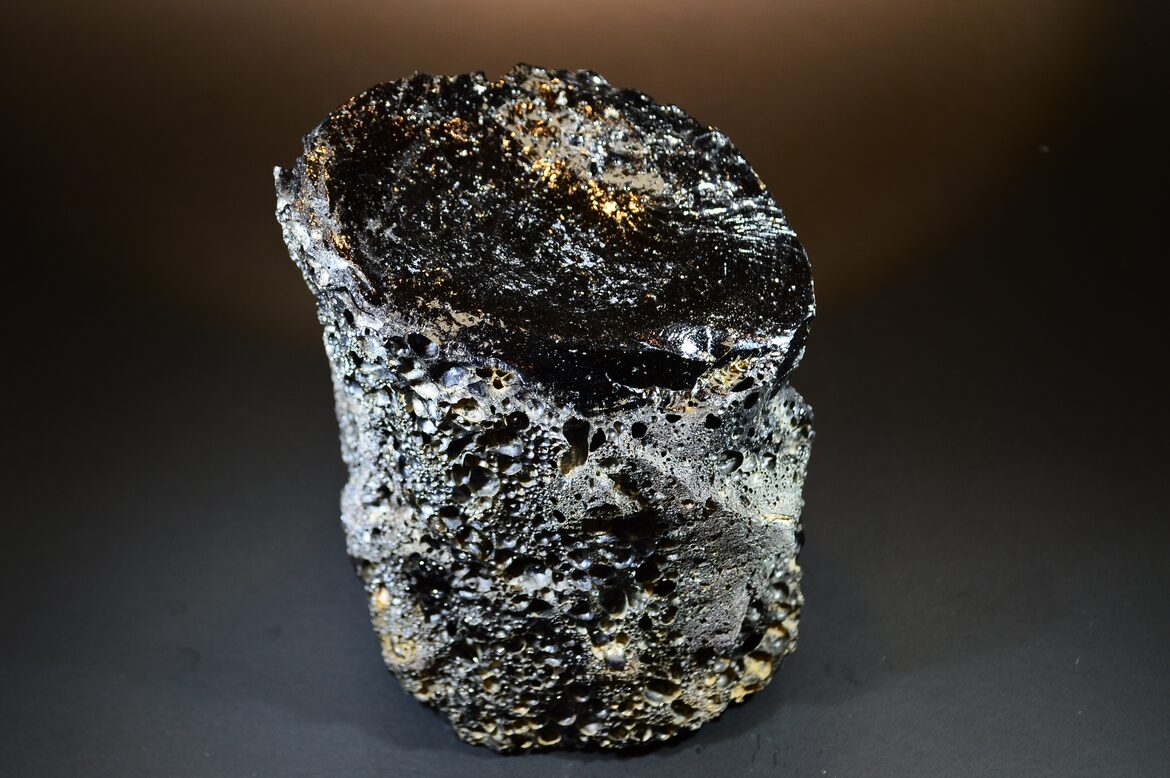 |
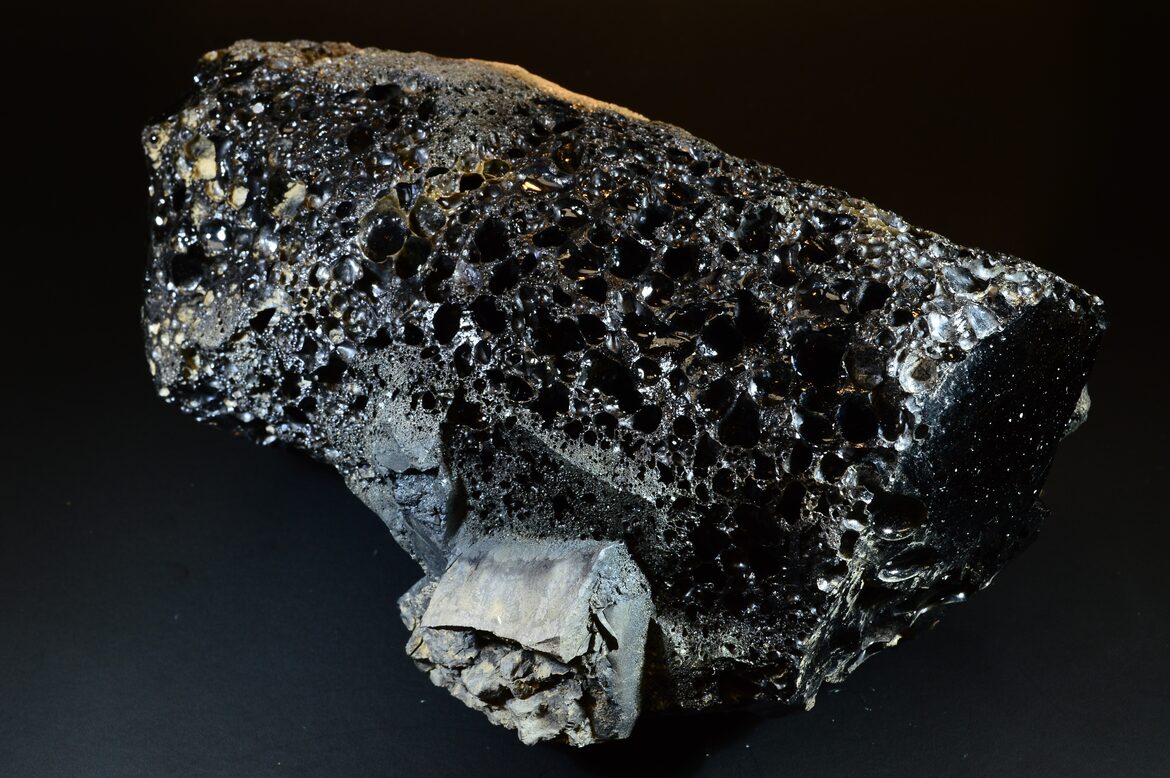 |
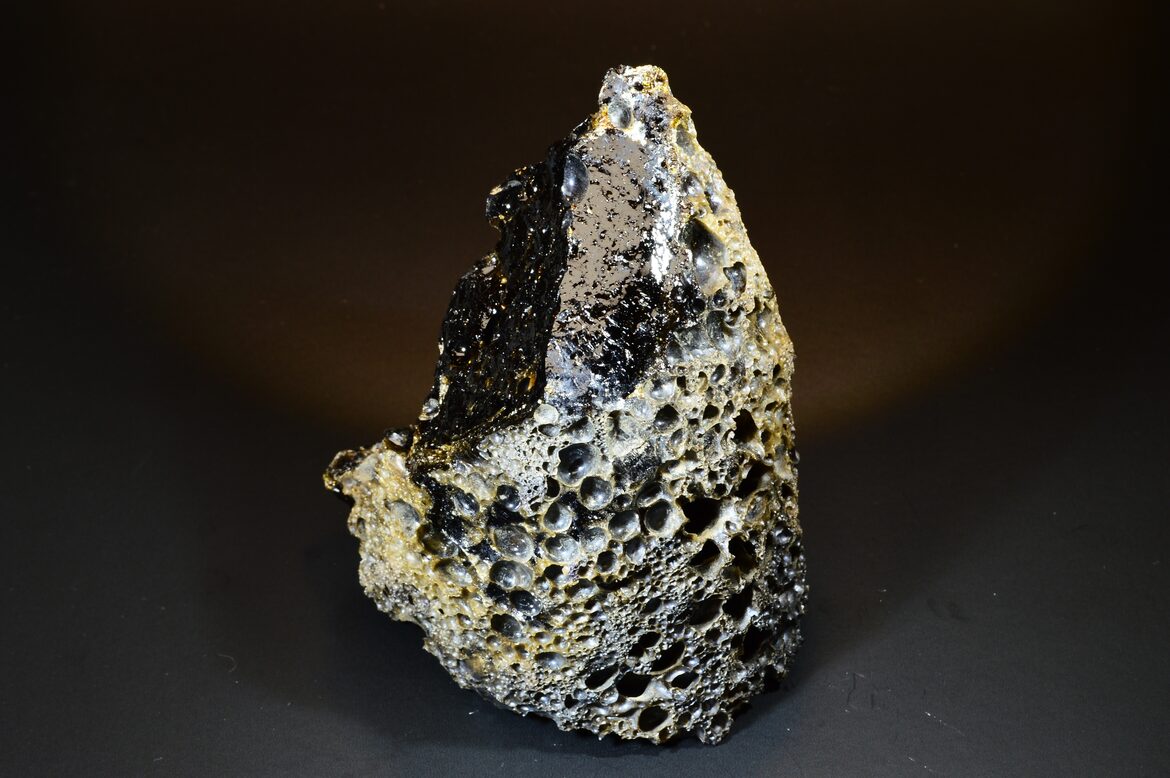 |
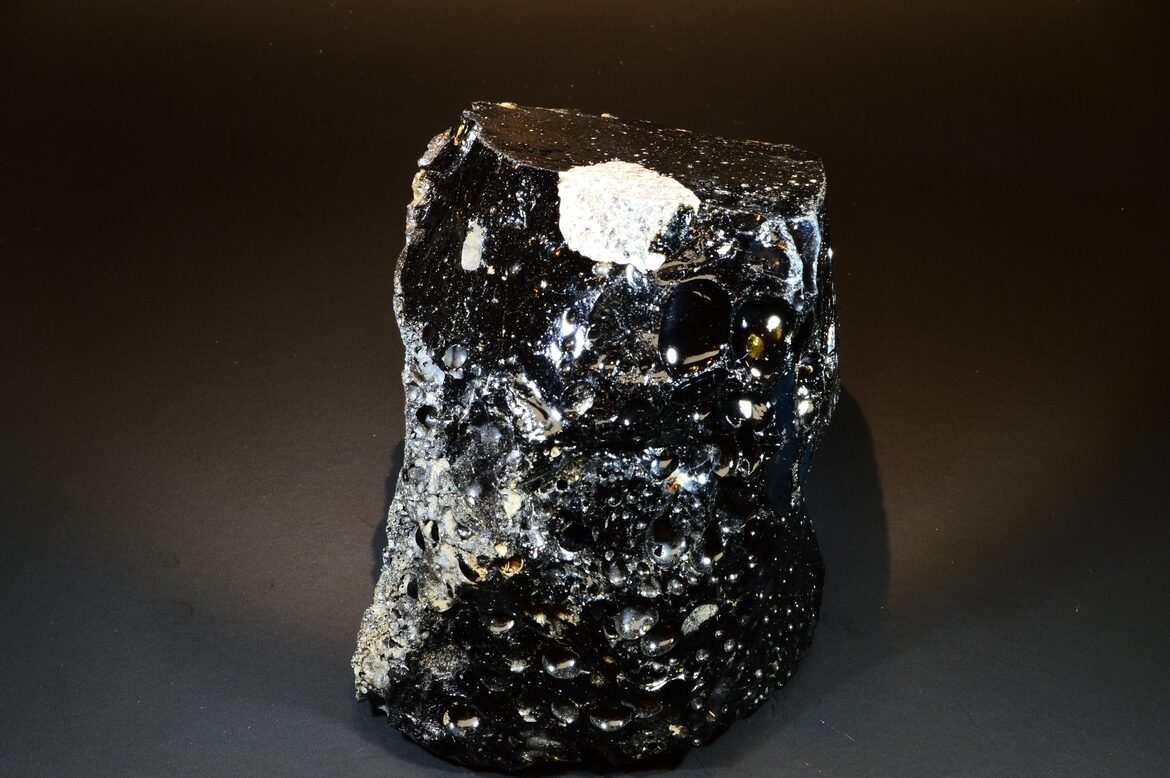 |
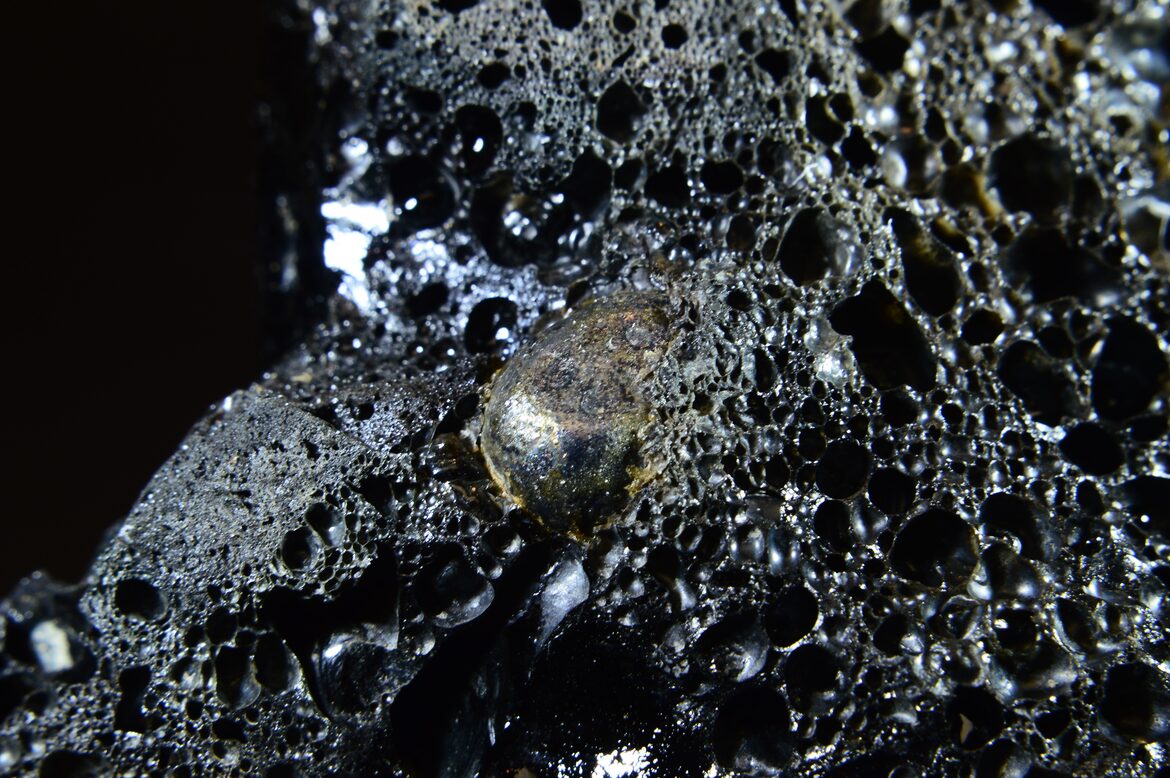 |
